
The Dos and Don’ts of Building Your Brand on Social Media
SHARE :



Excitement and anxiety. That’s what most businesses feel when they’re just about to begin their social media game.
And these feelings are justified.
Social media platforms have over 5.17 billion users, and they are the third most effective sales channel—the competition is fierce.
This article is for you if you want to avoid beginner mistakes and build a strong social media brand from the ground up.
We’ve curated some of the most important dos and don’ts of social media branding you should consider when working on marketing campaigns.
The Dos and Don’ts of Social Media Branding
Let’s get right into the dos and don’ts of social media branding in 2024.
1. Do Define Your Brand Identity
Before creating your social media profiles, define your brand’s stand for.
Identify your mission, values, vision, and unique selling points. Outline the voice and tone you want to convey.
This groundwork is essential for creating cohesive messaging across channels that resonate with your ideal customers.
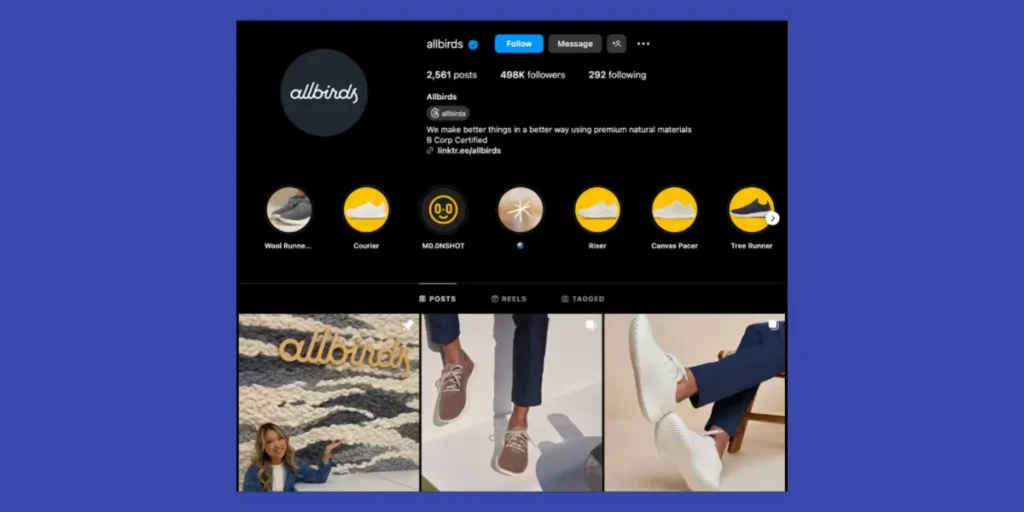
For example, footwear company Allbirds built its brand around sustainability. Its social media celebrates feel-good stories of customers making eco-friendly choices and highlights materials and processes that reduce its environmental impact.
This aligns perfectly with its brand identity.
2. Don’t Use One-Size-Fits-All Content
It’s tempting to blanket-blast content across every platform. However, each platform and its algorithms function differently.
Avoid blasting identical posts across all your profiles. Tailor content — both copy and creatives — to resonate best with the norms and functionality of each platform.
You’ll connect better by speaking the language your audiences expect on their channel of choice.
- Instagram: Values aesthetically perfect, polished photos and reels
- Facebook: Rewards genuine connections and community engagement
- Twitter: Designed for real-time awareness and thought leadership
Understand which user motivations and expectations define each property to inform tailored strategies.

Get exclusive social media marketing tips and tutorials in your inbox!
For instance, shorter posts with emojis and slang perform well on fast-paced TikTok feeds, while in-depth, text-heavy articles suit more professional platforms like LinkedIn. Let platform cultures guide your content for optimized results.
3. Do Prioritize Social Listening
Many brands only focus on sending outbound messages via their owned channels, such as email. But conversation happens across the social web, often directly mentioning your brand.
Tune into these discussions by making social listening a priority:
- Set up notifications for brand mentions using tools like Hootsuite, Mention, or Sprout Social
- Integrate social listening with your CRM so you can automatically track people who show interest—Fluent CRM is an excellent choice if you’re looking for a WordPress CRM plugin.
- Have a team member dedicated to listening at least 6-8 hours every week
Burger King is quite active in social media marketing. Staff reply to followers across platforms inquiring about specific products.
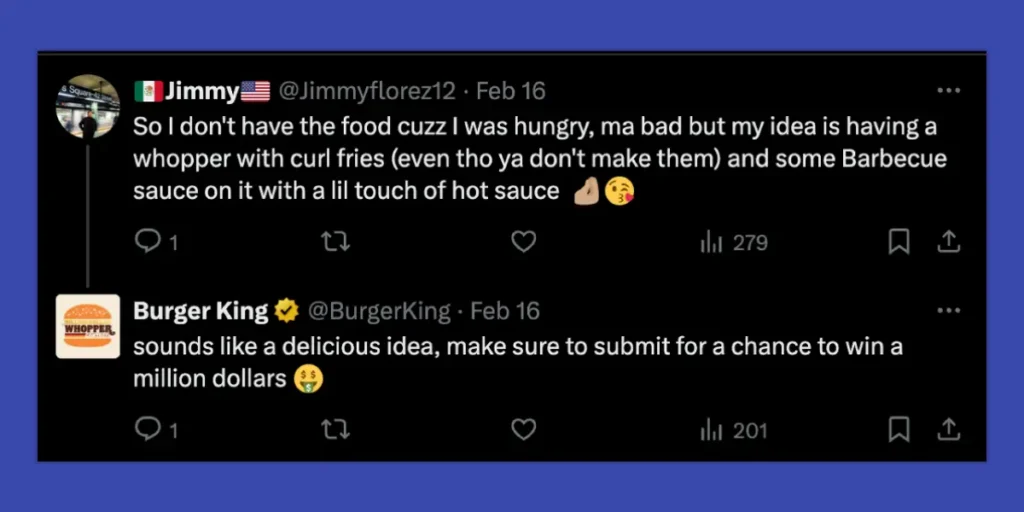
Oftentimes, you’ll see Burger King’s social media marketers listening for competing brand names on social media and responding with witty comments in those sections, too.
Social listening tools can help achieve this and also distil listening insights into reports showing:
- Which locations talk about you most
- Link clicks and conversions by campaign
- Brand health metrics against competitors
Finger-on-the-pulse listening arms you with data to craft better content and outreach to grow your business. Just remember to turn up the volume on your audience’s voice.
4. Don’t Force Self-Promotion
The biggest mistake brands make on social media is viewing it purely as a sales channel. So they cram overly promotional messages down followers’ throats.
This short-term mindset often backfires. It trains audiences to tune out your messaging. Or worse, it motivates them to disengage entirely.
Instead, focus on sharing truly useful, inspiring, and delightful content completely unrelated to your product.
- Have you noticed breakthrough science that fascinates your niche?
- Spot an emotional video aligning with your brand values
- Curate helpful articles educating fans on topics they care about
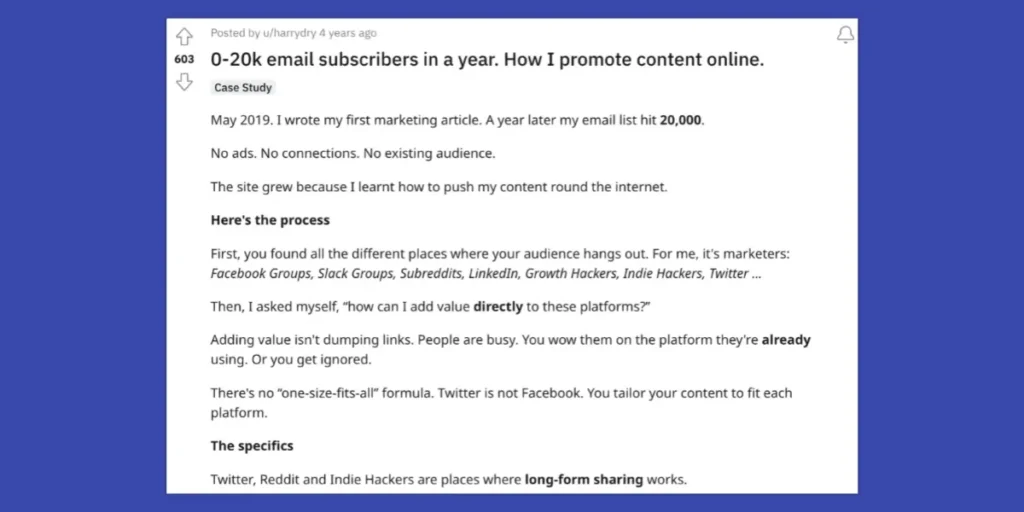
Lead with generosity, not greed. Harry Dry, the founder of Marketing Examples, used Reddit to scale his website from 0 to hundreds of thousands of visitors and email subscribers.
He regularly publishes simplified case studies on how a business markets itself. People can subscribe to his email newsletter to read the case study in further detail.
There was one major difference between how Harry Dry promoted on Reddit and what many other businesses do—Harry wrote a simplified version of the original case study and shared it on Reddit.
Readers could understand the entire thing without ever leaving the platform. And Harry would add a pitch asking readers to subscribe if they want to read these case studies regularly.
It’s as simple as that.
Most businesses get greedy and try to reel in as much attention to their website or newsletter as quickly as possible. Instead, spend the time to build trust within the community.
Once people know what you represent, you set the flywheel in motion and can easily promote yourself without being seen as spammy.
5. Do Know Your Target Audience
Research who you want to reach with your product or service. Gather demographics, interests, goals, and pain points. Then, craft content that provides value specifically for them.
For example, the SEO company Moz was founded in 2004. At that time, SEO had just started gaining importance, and Google released its PageRank algorithm.
Moz spent time identifying all the different use cases of the new way of searching the web and what businesses could benefit from it.
As they slowly gained insight into their potential customers, they created tailored solutions that addressed those groups of users.
Understanding who you’re speaking to is one of the most critical aspects of social media branding.
Until you can speak your customers’ language, they cannot relate to your brand, and as such, you may end up with just another social media account.
6. Don’t Leave Questions Unanswered
Social media is the new front line for customer service. Yet a large chunk of questions on brand pages need to be answered.
When you ignore followers seeking help, frustration causes them to disengage and turn elsewhere—damaging loyalty, deflating response rates, and deterring new fans from seeing your unresponsiveness publicly.
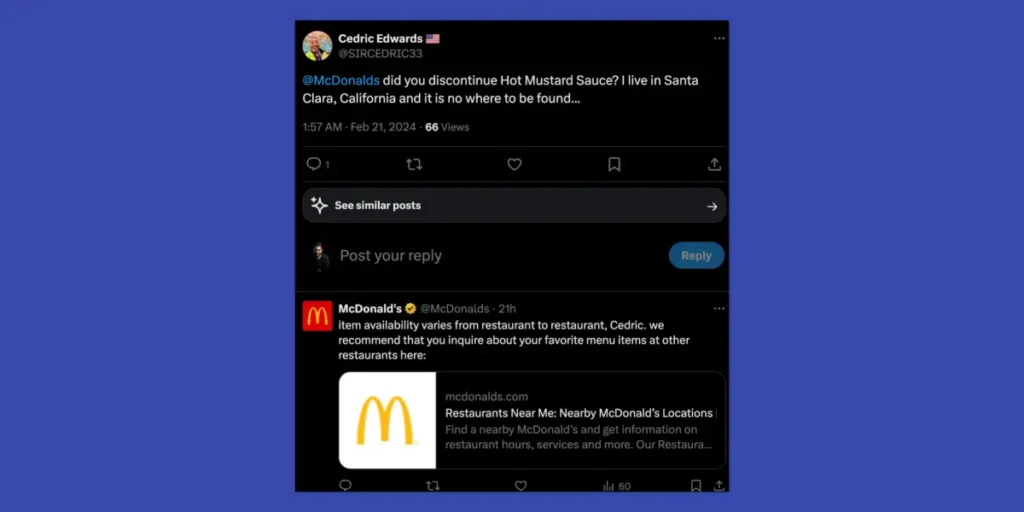
Instead, make social care an urgent priority on par with email and phone support:
- Staff appropriately to the volume of queries
- Set SLAs for response times—under 12 hours is a great start
- Empower reps to resolve issues directly without escalation
McDonald’s is a company that keeps track of mentions and comments on its social media accounts. You will notice that they engage with most of the comments. This helps customers connect with your brand on the platform they like.
7. Do Monitor Performance
When it comes to social media branding, you want to know how well or poorly your content is performing.
Most platforms provide an analytics dashboard. You can also try third-party platforms to get collective insights from all platforms under one roof.
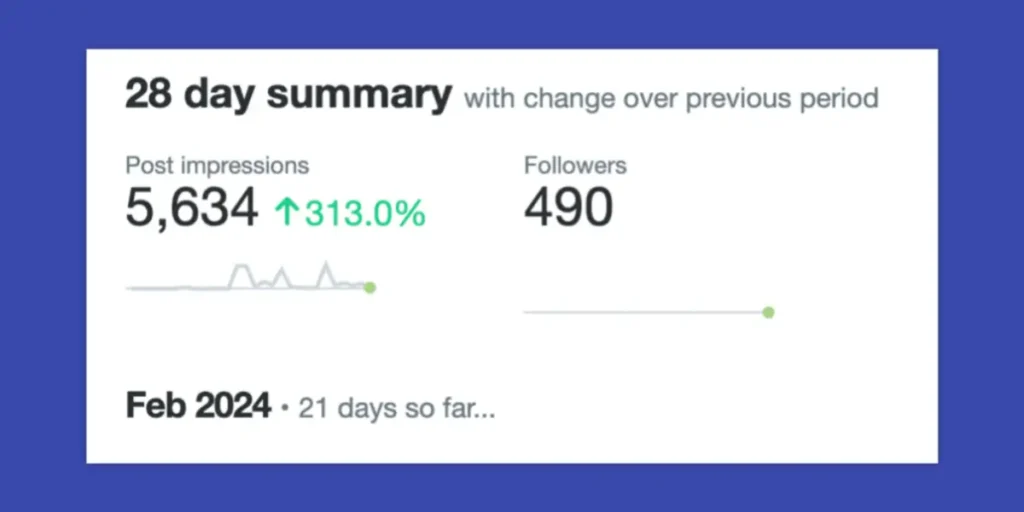
For instance, from the analytics above, we can see that while our content gets impressions, the follower count hasn’t changed over the last 28 days.
This calls for some changes in how we approach our social media campaigns. Instead of just focusing on posting more content, we should find more ways to improve engagement.
8. Don’t Break Platform Guidelines
Let’s understand this: Someone else owns social media platforms, and they have the right to close your account at any time.
The chances of that happening drop when you have a long-standing history of following platform guidelines.
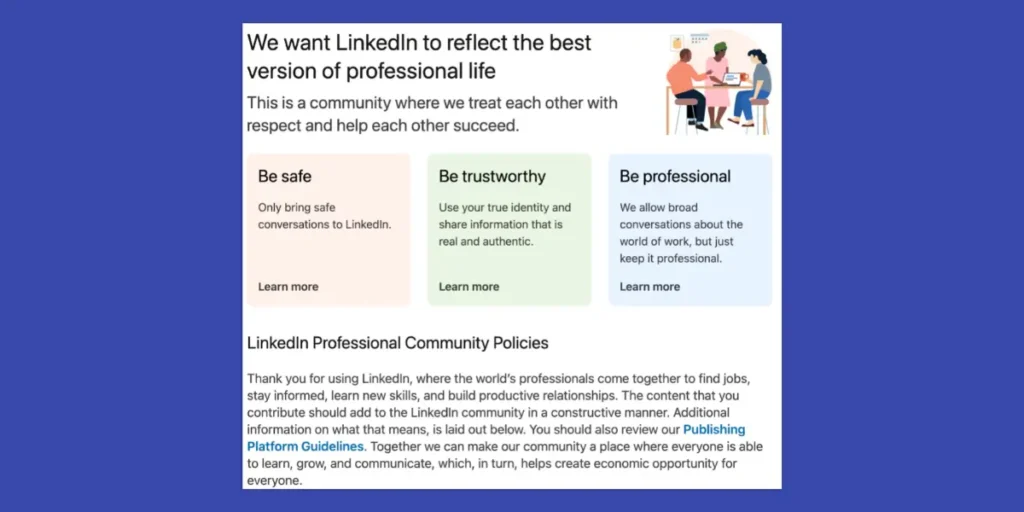
Whichever platform you choose, read through their guidelines and understand what is accepted and what isn’t.
For instance, X.com (formerly Twitter) is a free-speech-focused platform. They accept most content unless it promotes illegal activities. LinkedIn can be a little stricter on what’s okay to post.
9. Do Encourage User-Generated Content
Encourage audiences to tag you in posts featuring your product. Reshare this user-generated content (UGC), crediting the creator.
This provides value by showcasing organic, relevant endorsements to potential new followers at no cost.
GoPro is an excellent example of UGC in action. They let customers create marketing content for them and then publish the best on the GoPro Instagram account.
They run a “Photo of the Day Challenge,” encouraging people to share their photos with specific hashtags.
While GoPro rewards the best photos with $250, they get tagged by hundreds of thousands of users worldwide, giving them free marketing.
If you have a product that lets users use it in a personalized way, you should focus on user-generated content. You can use WP Social Ninja, an all-in-one social media plugin for WordPress websites, to showcase your User Generated Content (UGC) using hashtag feeds.
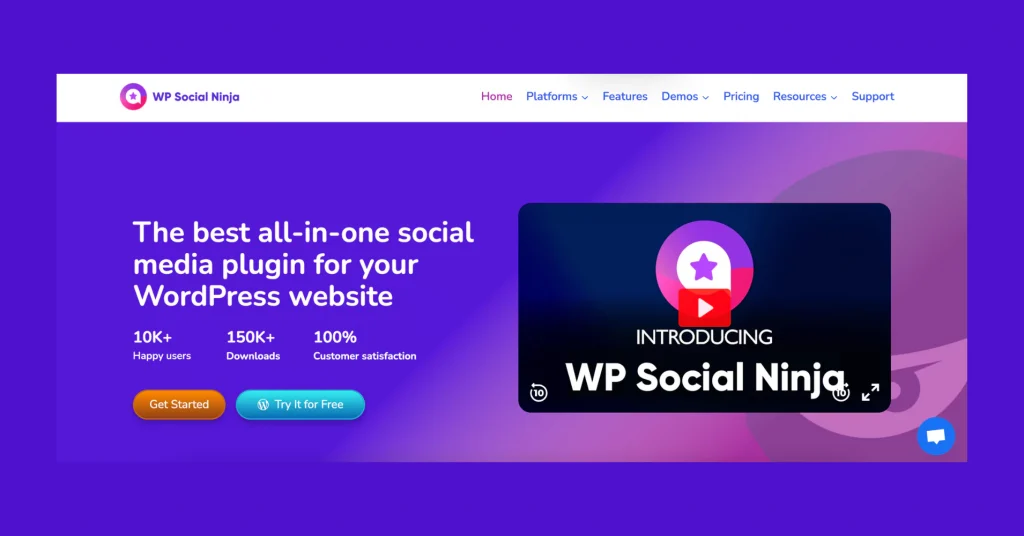
It enables you to display social feeds from 4+ platforms and exhibit user reviews from 10+ platforms. Additionally, this plugin helps collect comprehensive details and present user testimonials.
Another example of UGC is NotionHQ. In a podcast, Camille Ricketts, the founding marketer of Notion, discussed how they used Notion templates as marketing material.
Win your customers’ hearts with exceptional features
Discover how WP Social Ninja can assist you in designing outstanding customer experiences.
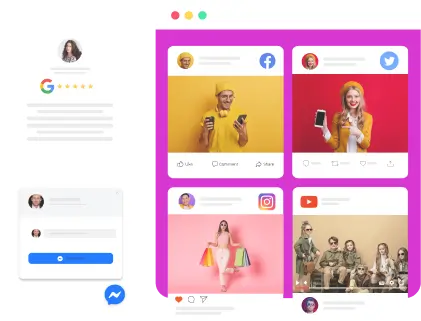
Many users like Easlo were already creating beautiful templates, and Notion onboarded the top ones as their Notion Certified Ambassadors—giving them more of a reason to promote.
This boosted their marketing as they leveraged user-generated content (or community-led growth), giving Notion the engagement and wide adoption it has today.
You can also use platforms like SureMembers to bring people from other social media platforms together. SureMembers helps you create your own (paid and free) community on your website. This plugin makes creating and managing a membership community on your website extremely easy—making it a no-brainer if you plan to grow your product with user-generated content and community growth.
10. Don’t Buy Followers or Engagement
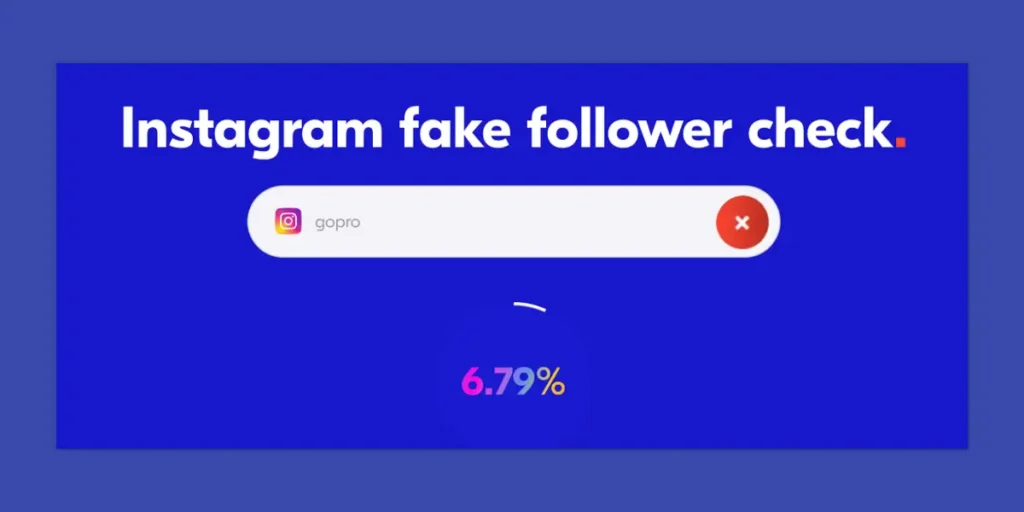
Purchasing fake followers or surface-level engagement via bots may seem tempting for inflating vanity metrics quickly.
However, true reach and impact come from genuine human connections with your content.
Even though it takes time to build traction, focus on quality over quantity by nurturing true brand advocates instead of artificial ones—the authenticity pays off long-term
11. Do Collaborate With Influencers
33% of Gen Z and 29% of millennials say that they’ve purchased a product after hearing about it from an influencer they follow.
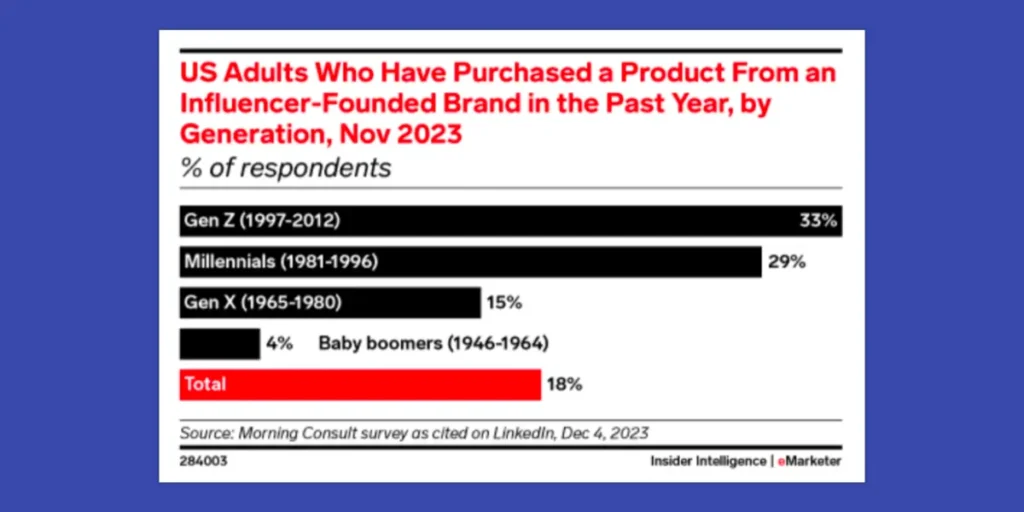
The way people discover products on social media is quite different from SEO or YouTube, where people are actively searching for content related to it.
On social media, you rely on algorithms to show your product to relevant users, hoping they are interested enough to proceed with the purchase.
A more efficient way is to promote your products through influencers. Influencers are their own media platforms—and people truly listen to what they say.
This makes them powerful channels to reach the target audience.
Look for influencers that actively create content about a problem that your product is solving. If the influencer is small (<10,000 followers), you can offer to send them free products in return for them creating content about it.
Larger influencers may have payment plans based on the type of content you want to create for your products.
Keep in mind there are fake influencers, too. The easiest filter is the number of followers compared to how engaged their audience is—with 100,000 followers, do you see a comparable number of views, likes, and comments on their posts?
If not, they likely have purchased followers or aren’t as closely connected with their community.
Make Social Media Branding About Relationships, Not Metrics
It’s tempting to see social media as just another megaphone for spamming brand messages. But here’s the thing—social media was made to connect with other humans, not spam them.
What if we focused less on screaming at our audiences and more on listening to what they care about? How could we better respond to their questions and concerns? Are we collaborating with those who genuinely share our values?
When we lead with that human touch, we build trust and loyalty that metrics alone can’t capture.
Think about the brands you enjoy following on social media—chances are, they spark inspiration through great storytelling. They understand their community and create content that improves people’s lives.
Here’s our suggestion: Start tuning out the hype around follower counts and likes.
Win your customers’ hearts with exceptional features
Discover how WP Social Ninja can assist you in designing outstanding customer experiences.

Instead, nurture the human connection first. Be real, be helpful, and be the brand people want in their daily feeds. Building an engaged community that way takes more patience upfront but delivers immense rewards as you grow together.
The metrics will follow in time.
Editorial Team
The WP Social Ninja Editorial team brings together expert insights, practical tips, and success stories from guest posts and our community. We share strategies on social media integration, customer engagement, and smart marketing to help businesses connect better and grow faster.

Subscribe To Get
Weekly Email Newsletter
Connect, Customize, and Display Social Feeds, Reviews, and Chat widgets
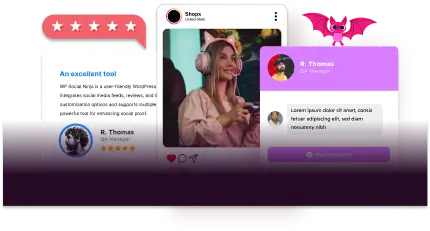


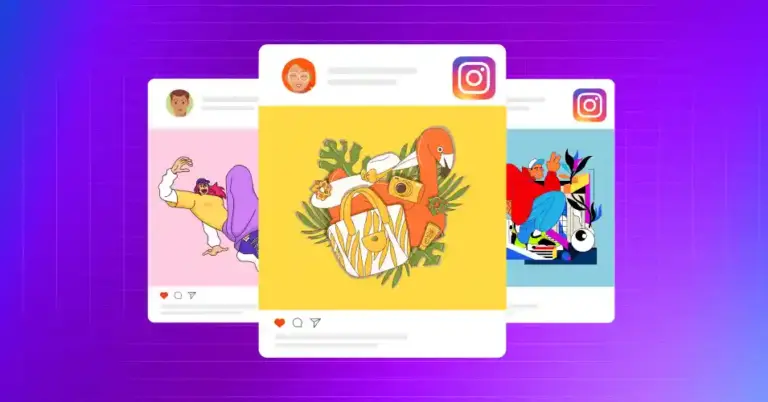

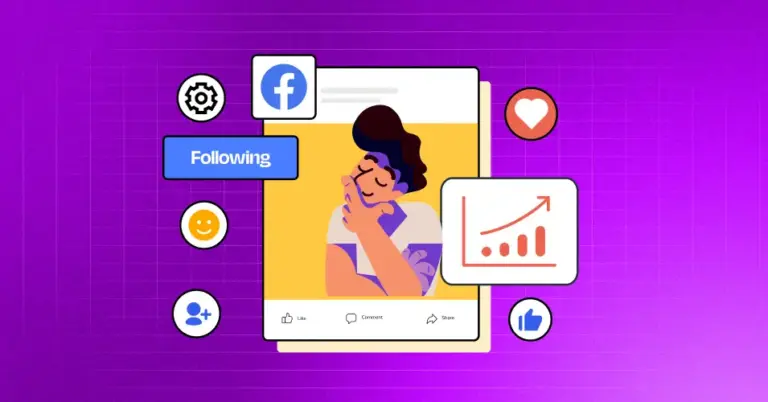
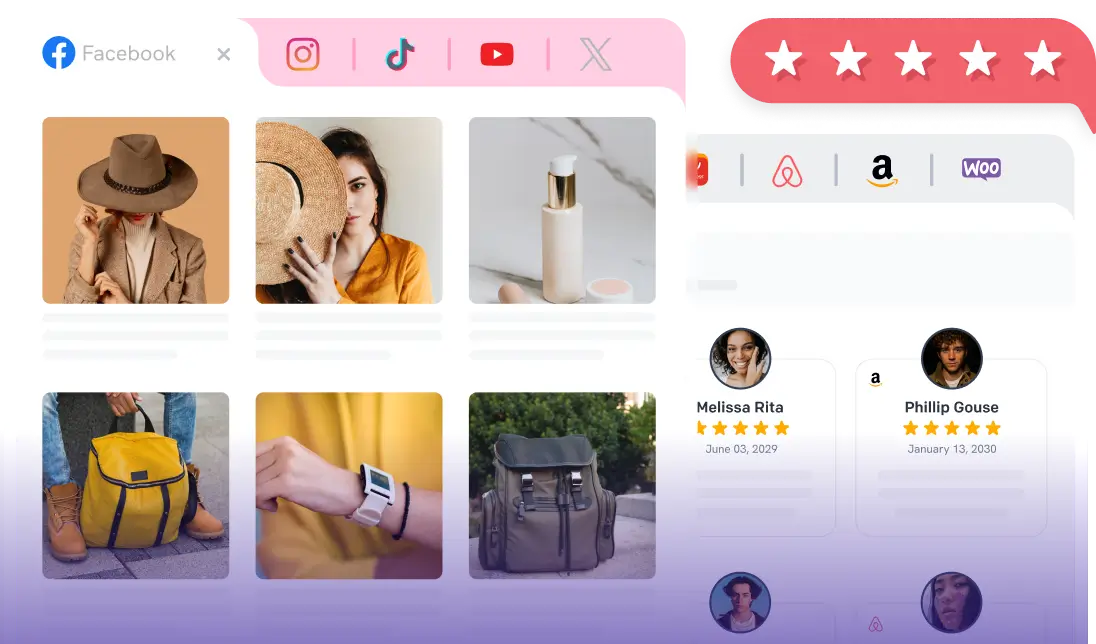








Leave a Reply